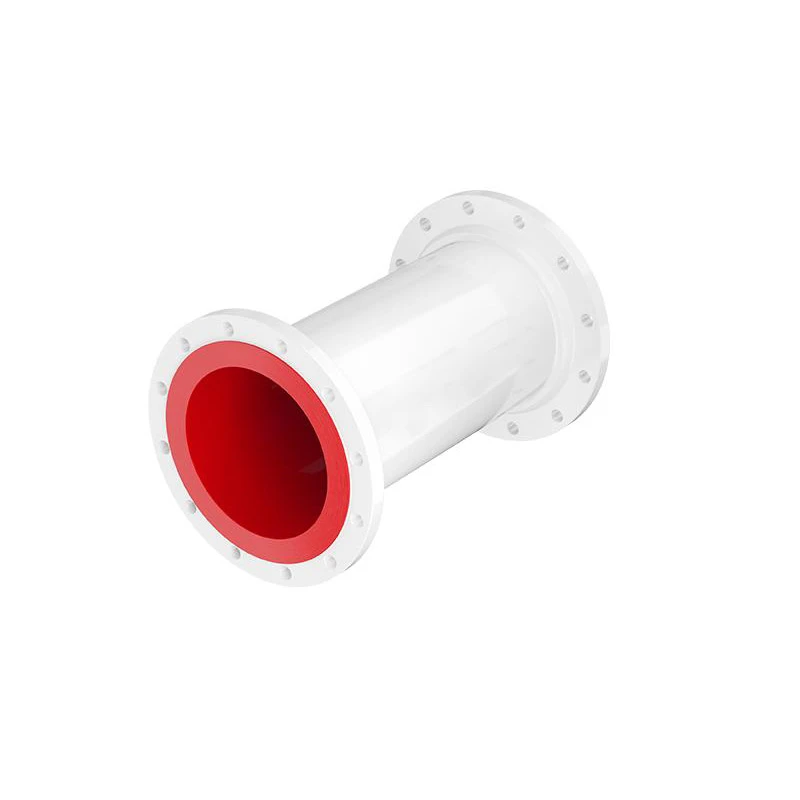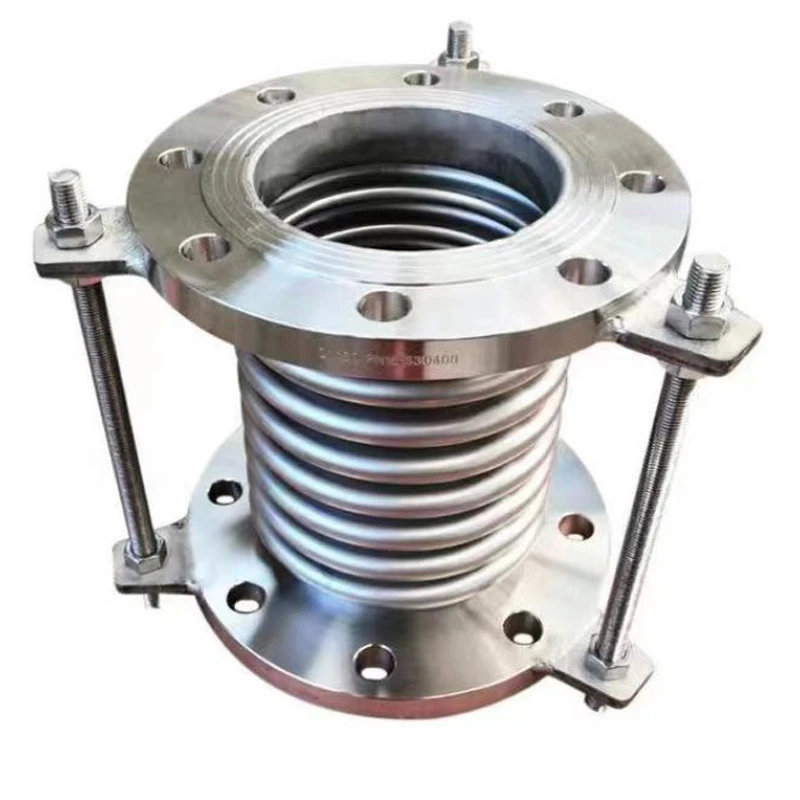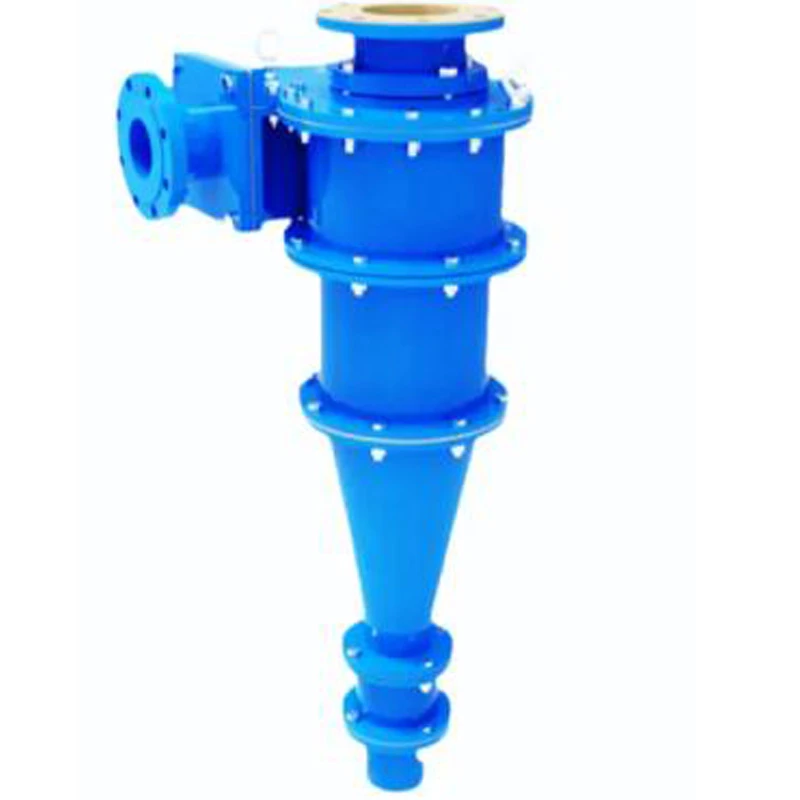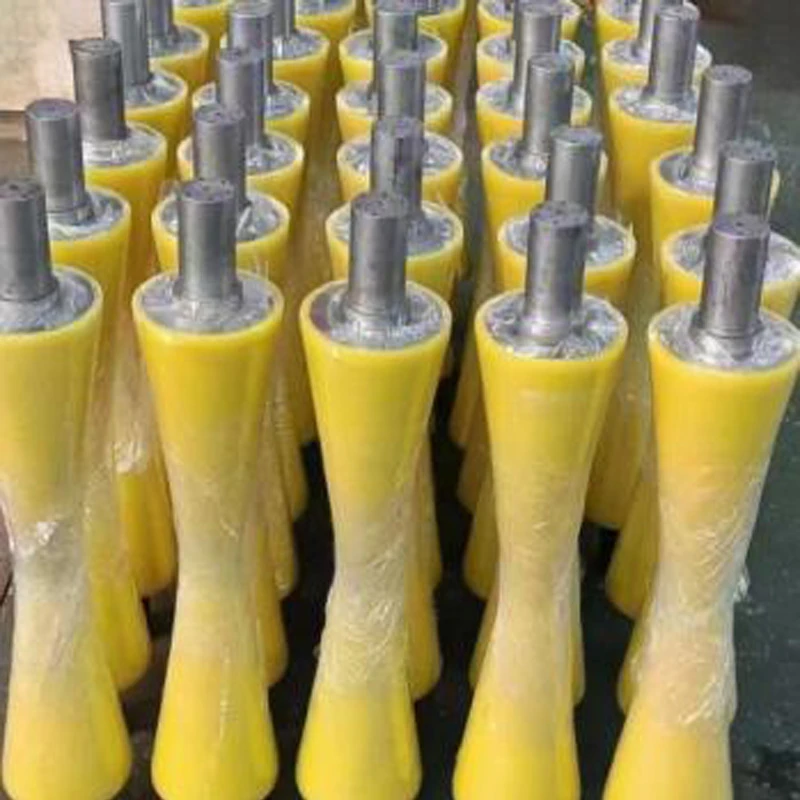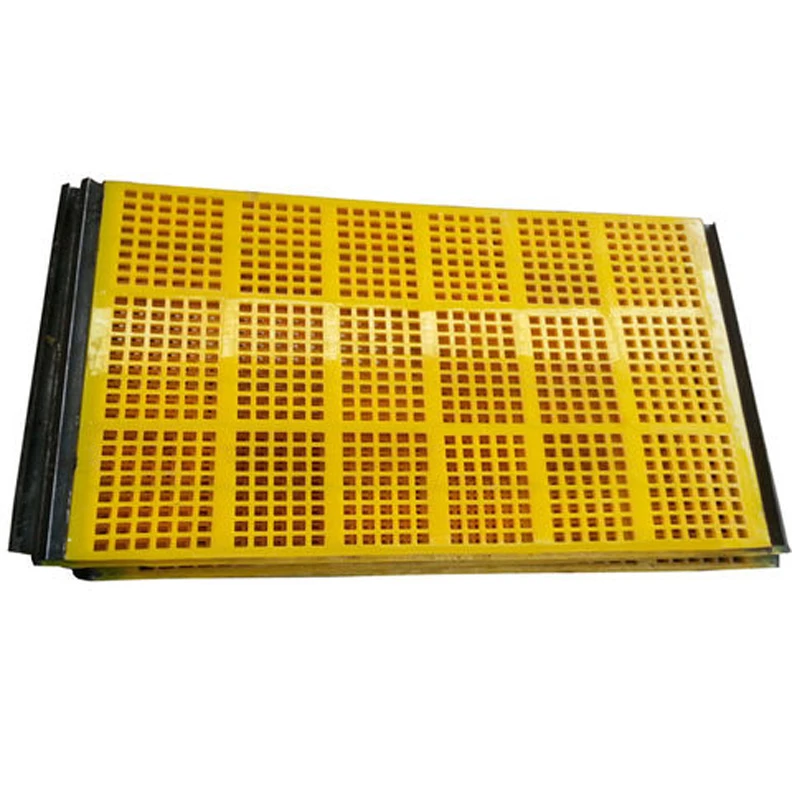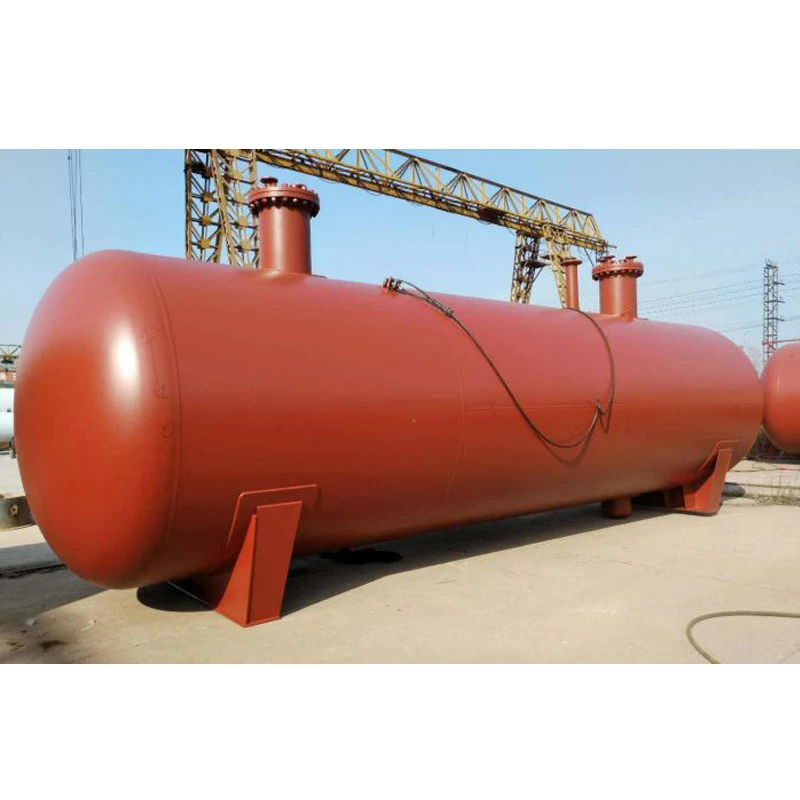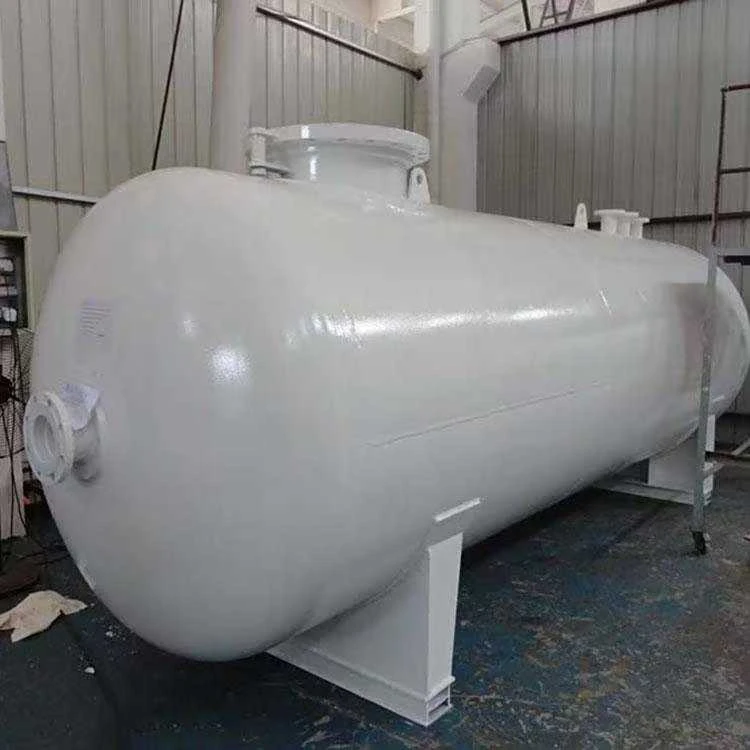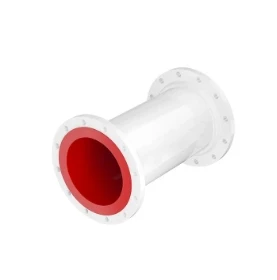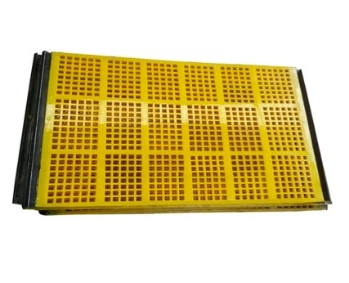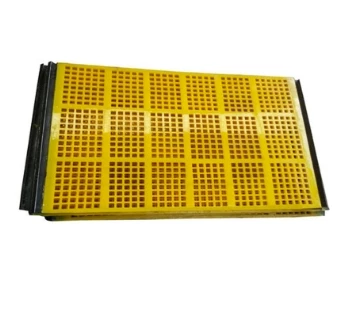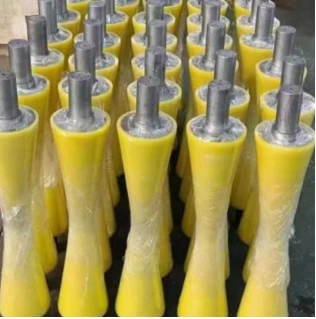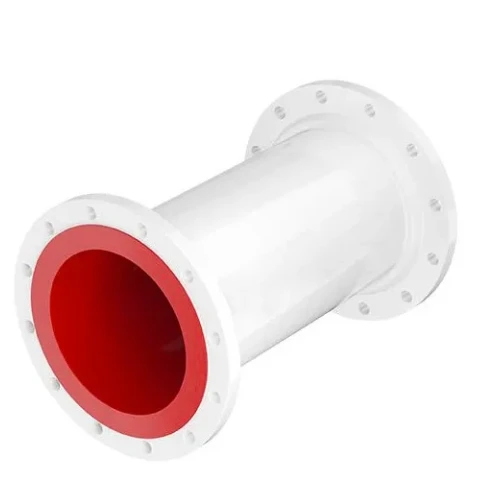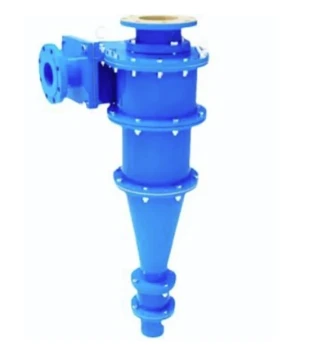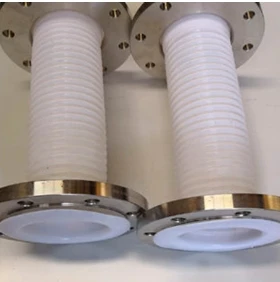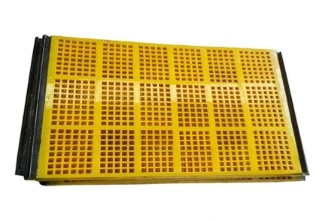Extraction of Copper
The extraction of copper is a vital process in the mining industry, as copper is used extensively in electrical wiring, construction, and industrial applications. Copper is mainly extracted from sulfide ores like chalcopyrite (CuFeS₂) and oxide ores like malachite (Cu₂CO₃(OH)₂). The process of extraction of copper involves mining, concentration, smelting, and refining.
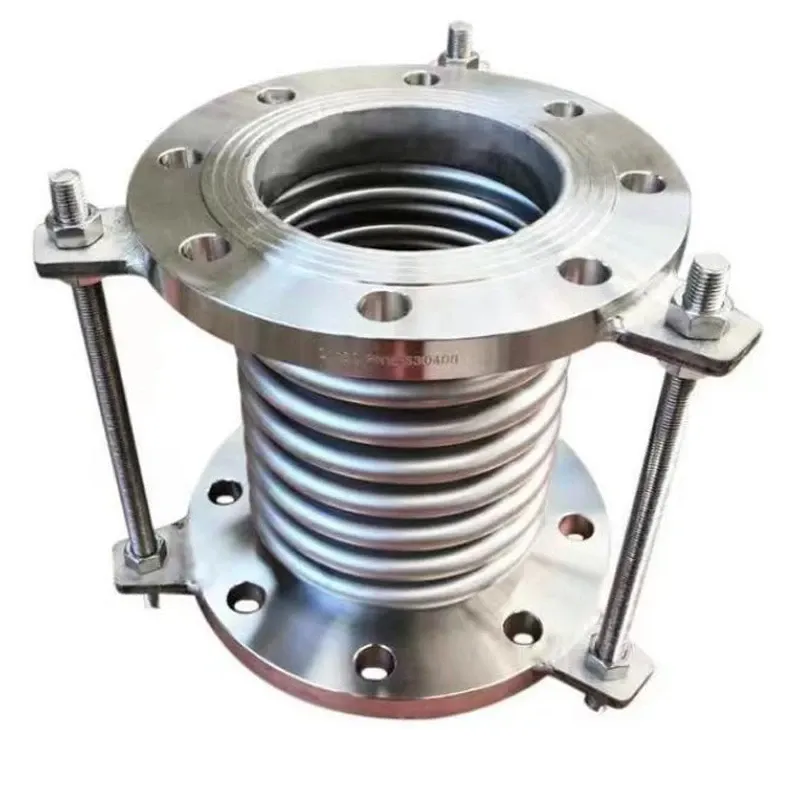
First, copper ore is mined and crushed using specialized crushers to reduce it to a manageable size. The ore then undergoes concentration through froth flotation, where chemical reagents help separate copper minerals from unwanted materials. This results in a copper-rich concentrate.
For sulfide ores, the next step in the extraction of copper is smelting. The concentrate is heated in a furnace with oxygen to produce matte copper, which contains around 50-70% copper. This is further purified through the converting process, where sulfur impurities are removed. The final step is electrorefining, where pure copper is extracted using an electric current, producing copper of 99.99% purity.
For oxide ores, a hydrometallurgical method called leaching is used. In this process, sulfuric acid is applied to the ore, dissolving the copper. The solution undergoes solvent extraction and electrowinning (SX-EW), producing high-purity copper. The extraction of copper has advanced with eco-friendly innovations like bioleaching, where bacteria help extract copper from low-grade ores, reducing environmental impact.
Aluminium Extracted from Bauxite: The Bayer and Hall-Héroult Processes
Aluminium is one of the most abundant metals in the Earth's crust, and it is primarily extracted from bauxite ore. The process of aluminium extracted from bauxite involves two key steps: the Bayer process for refining bauxite into alumina and the Hall-Héroult process for reducing alumina into pure aluminium.
In the Bayer process, mined bauxite is crushed and mixed with a hot solution of sodium hydroxide. This dissolves the aluminium oxide (Al₂O₃), leaving behind impurities such as iron oxide and silica. The solution is then cooled and filtered to separate alumina, which is then heated in rotary kilns to produce a white powder called calcined alumina.
Once alumina is obtained, the next stage in aluminium extracted from bauxite is the Hall-Héroult process, an electrolytic method. The alumina is dissolved in molten cryolite (Na₃AlF₆) and subjected to an electric current. This causes aluminium ions to move to the cathode, forming pure liquid aluminium, which is collected and cast into ingots.
Since aluminium extraction is energy-intensive, modern technologies focus on improving energy efficiency and recycling aluminium, reducing the need for excessive mining. Sustainable approaches in aluminium extracted from bauxite help minimize environmental impacts while ensuring a steady supply of this essential metal.
Beneficiation of Ore: Enhancing Mineral Recovery
The beneficiation of ore is a crucial process that enhances the quality and efficiency of mineral extraction. Beneficiation involves various physical and chemical methods to increase the concentration of valuable minerals while reducing waste. This is essential in mining operations for maximizing resource utilization and economic viability.
The most common techniques in beneficiation of ore include crushing, grinding, gravity separation, magnetic separation, flotation, and leaching. Crushing and grinding reduce the ore size for further processing. Gravity separation works well for heavy minerals like gold, while magnetic separation is effective for iron ore beneficiation.
Flotation is widely used for sulfide ores, where chemical reagents create bubbles that selectively attach to valuable minerals, separating them from waste. For certain ores, hydrometallurgical methods like leaching dissolve the minerals into a solution for further recovery.
In modern mining, sustainable approaches in beneficiation of ore include using eco-friendly reagents, reducing water consumption, and employing automated sorting technologies to improve efficiency. These advancements ensure that mineral beneficiation aligns with environmental and economic goals, making the mining industry more sustainable.
Extraction of copper FAQs
What are the main methods of copper extraction?
The extraction of copper is done through pyrometallurgical and hydrometallurgical methods. Sulfide ores undergo flotation, smelting, and electrorefining, while oxide ores are treated with leaching, solvent extraction, and electrowinning (SX-EW). Modern bioleaching methods are also used to extract copper sustainably.
Why is aluminium extracted from bauxite using the Bayer and Hall-Héroult processes?
Aluminium extracted from bauxite requires the Bayer process to obtain alumina and the Hall-Héroult process to refine it into aluminium. The Bayer process dissolves bauxite in sodium hydroxide, isolating aluminium oxide. The Hall-Héroult process then uses electrolysis to extract pure aluminium, making it the most efficient industrial method.
What is the purpose of beneficiation of ore?
The beneficiation of ore aims to improve the economic value of mined materials by increasing the concentration of valuable minerals while reducing impurities. This process enhances extraction efficiency, reduces waste, and improves the overall quality of the final product.
How does flotation work in the beneficiation of ore?
Flotation is a key method in beneficiation of ore, especially for sulfide ores. It involves adding chemical reagents to create air bubbles that attach to valuable minerals. These bubbles rise to the surface, forming a froth that is skimmed off, effectively separating valuable minerals from waste.
What are sustainable methods in aluminium and copper extraction?
Eco-friendly advancements in extraction of copper and aluminium extracted from bauxite include bioleaching, recycling metals, and improving energy efficiency in electrolysis. For aluminium, using renewable energy in smelting plants reduces emissions, while for copper, bioleaching and SX-EW reduce reliance on high-energy smelting methods.
Related Products
Our main products are polyurethane lined pipes, mining equipment fittings and metal hoses.




